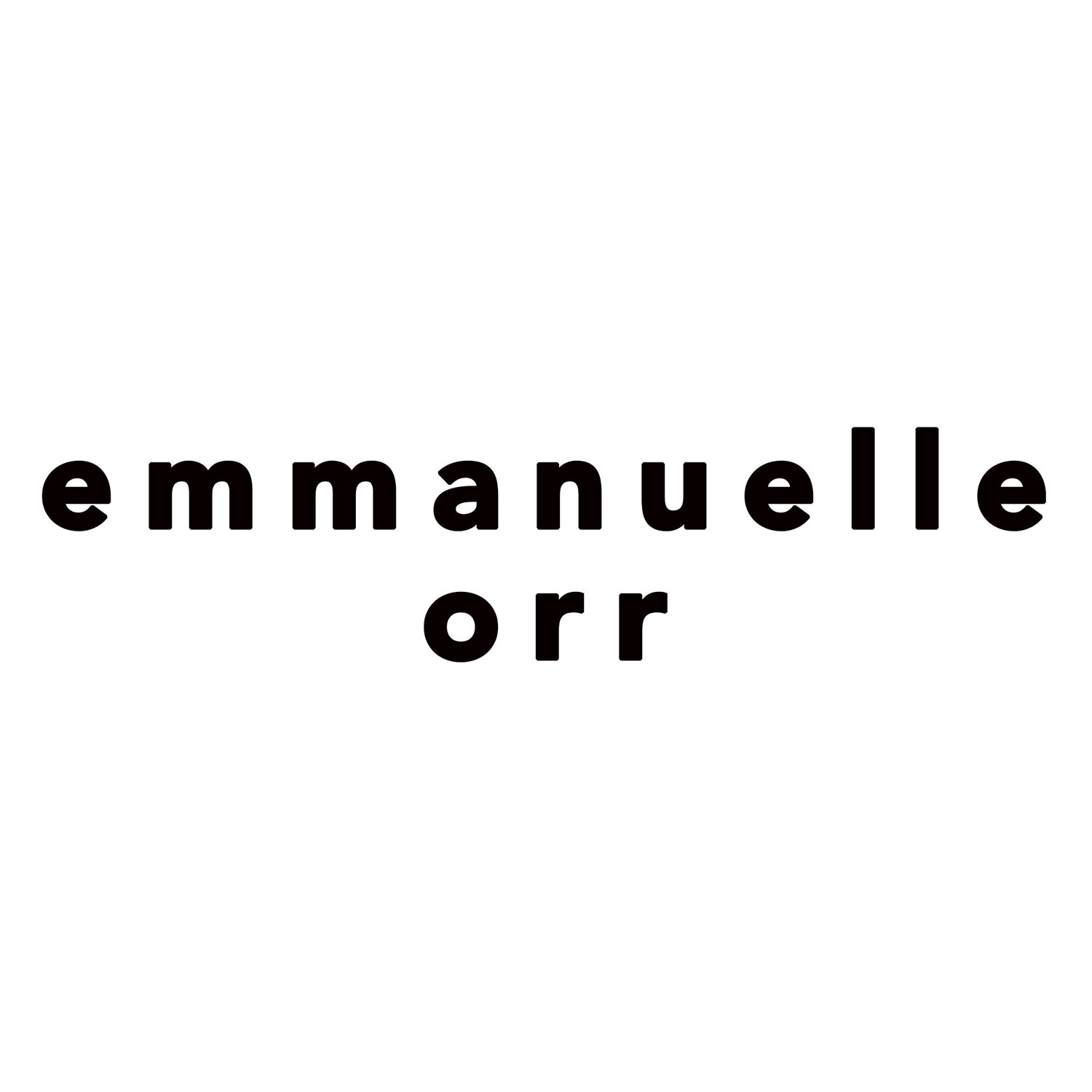Exhibition review- Andy Warhol
I have loved Andy Warhol since I was a teenager. I didn’t quite understand how his prints were made (oh, the irony!) but the works were playful, visually appealing, pop. As I got to know him and his work more, I also loved the mythology of Warhol, the Factory and the Superstars, the VU and the 15 minutes of fame, the anxious man and the silver-wigged artist. I read his diary, I devoured biographies and essays, I saw as many exhibitions as I could…
So it goes without saying that I was looking forward to this Tate exhibition- seeing his work in real life is always a pleasure, especially at the Tate. This show also had an extra dimension for me: I now understand how his prints are created; this would be the first time I would see his work as a practising screen printer (and I did enjoy getting close to the works to look at the technique!)
Overall I did enjoy the exhibition a lot, but I was left wanting more. It felt a lot more like an intro to Warhol rather than an in-depth look at any of his work. There was a lot of aspects that were just touched on, and plenty more that didn’t even seem to be included.
I wanted to see more of the well-known works. More Marilyns and Jackies and cans of soup and Brillo boxes. They all feature of course, but one of the aspect of screen-printing that I love is the repetition, and only having a few of each of these well-known works reduced them to a nice image, rather than a comment on the ubiquity of fame and household products, or drawing attention to the mechanical repetitiveness of printing.
I wanted to see more about the Factory and the Superstars. There was a room lined with aluminium, and this was one of my favourite rooms in the exhibition: it felt a bit like stepping into the best days of the Factory. But only a few photos to document that era, Edie Sedgwick and Lou Reed and that was pretty much it.
Likewise, I wanted to see more about his relationship with the Velvet Underground. Sadly the Exploding Plastic Inevitable room was shut due to social distancing, so maybe there should have been more, had the world not fallen apart. Again though, I wanted a deeper look at Warhol’s connection with music and musicians.
There was a room dedicated to the “Ladies and Gentlemen” series, portraits of transgender and drag artists of the time, but not much was made of Warhol’s impact on queer art, and how his work pushed back boundaries in a still conservative America. Likewise, there were only a couple of his nude works ( a couple of photos and one “Landscape” print, the backside of a naked man looking like a hilly landscape).
From the “Death and Disasters” series I would have loved to see some of the electric chair prints. Some other prints from that series were on display (a road accident and a girl falling to her death) but for me, the electric chair ones are the most potent, as death in that case is anything but accidental.
And then there were things that were completely missing. In particular I would have loved some of his Polaroids work to feature, as they are so relevant to our selfie and snapshot obsessed world.
I would also have loved to see some of his collaborations -a couple of years ago in Paris I saw at a Basquiat exhibition some of the works they did together, and it would have been great for them to feature here.
Th exhibition was well curated and very enjoyable despite just scratching the surface of who Warhol was and everything that makes up his mythology and I would still recommend it to anyone: if you are very familiar with Warhol, it serves as a nice whirlwind tour through his work, and if you are new to it, it gives you a number of entry points to carry on exploring afterwards, and understand more about his impact and legacy.
The exhibition runs at Tate Modern until 15 November 2020 so hurry up if you haven’t seen it yet.
